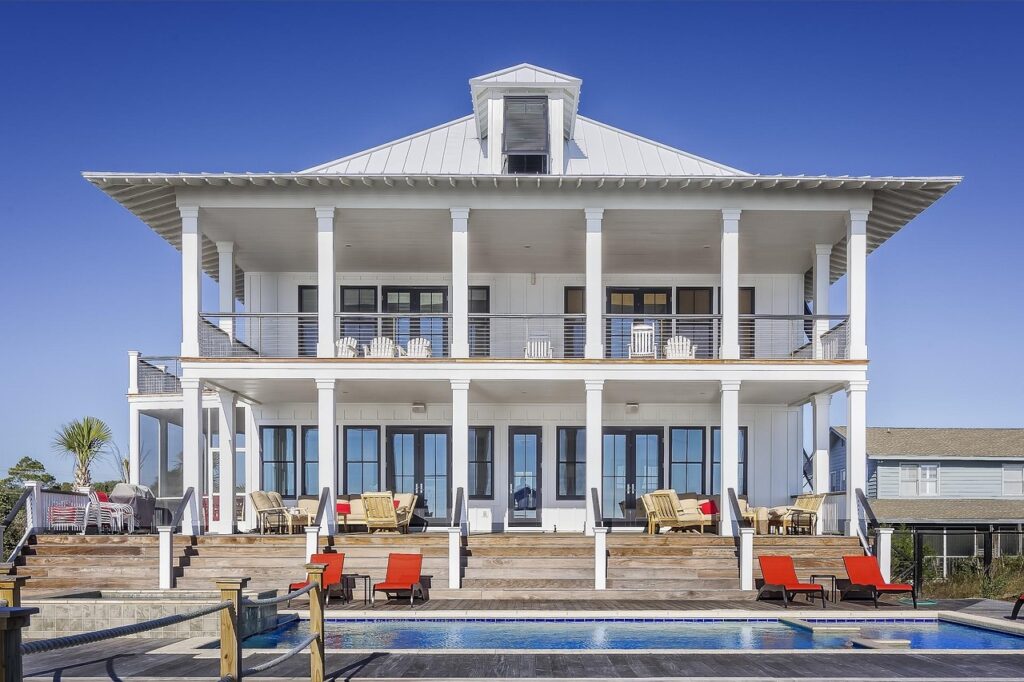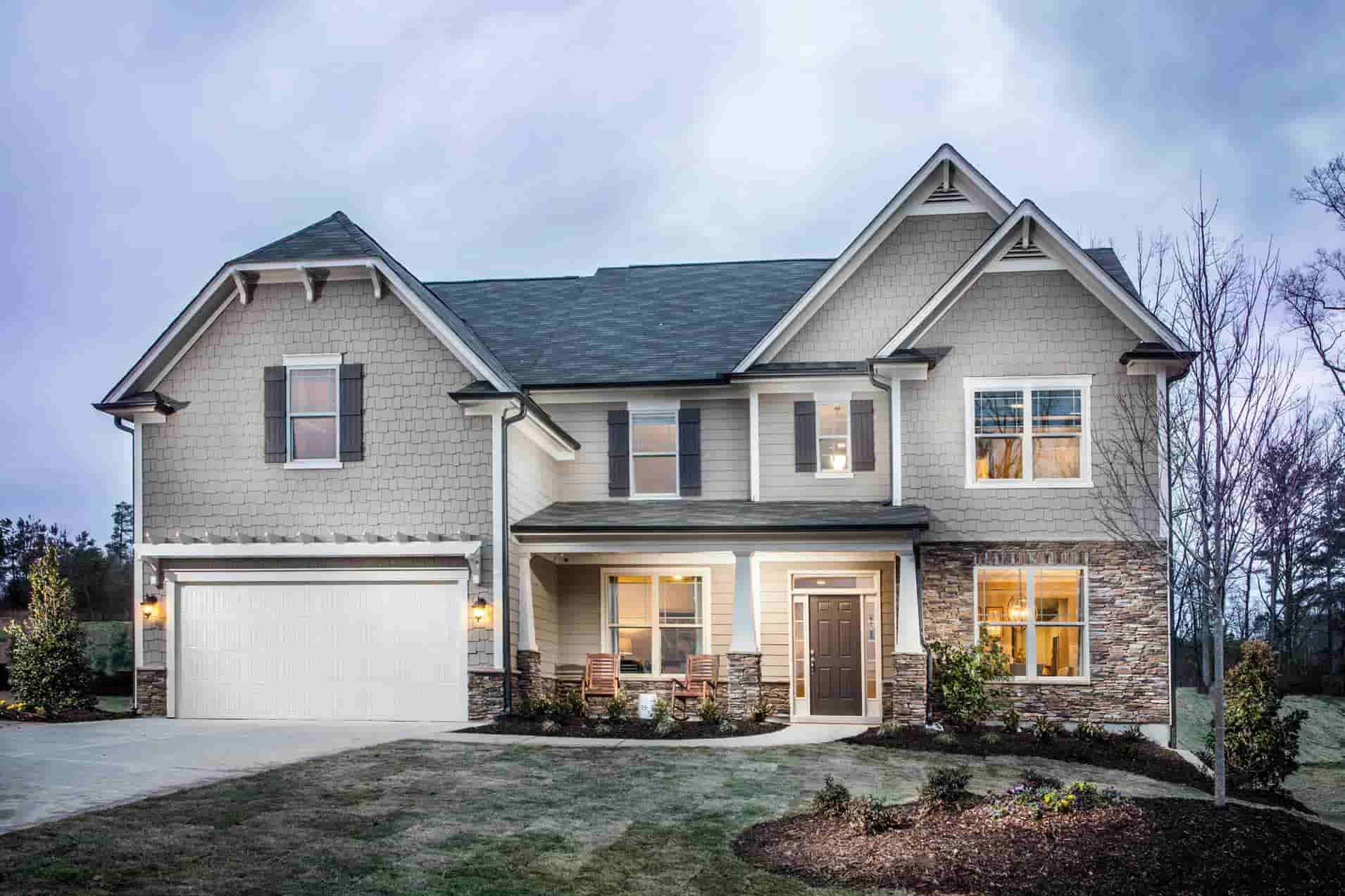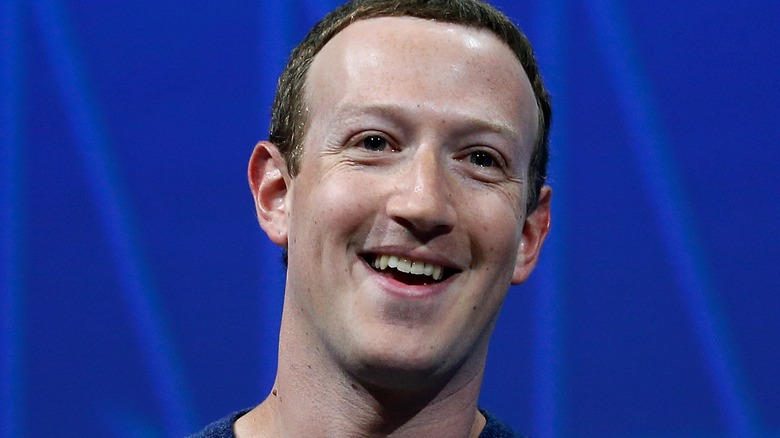
Mark Zuckerberg, the co-founder of Meta, has been quietly constructing a sprawling and highly secretive compound on the Hawaiian island of Kauai since 2014. Known as Koolau Ranch, this 1,400-acre project has captivated public attention not only for its sheer scale and rumored cost, but also for the veil of secrecy that has shrouded its development. What initially appeared to be a lavish private retreat has increasingly revealed itself as a complex undertaking fraught with design choices and operational practices that raise significant questions about transparency, community impact, and the responsibilities of tech titans. It appears to be a fortified stronghold designed for an uncertain future, prompting concerns from various stakeholders.
The construction of Koolau Ranch has drawn considerable scrutiny, leading many to question the underlying motivations behind such an isolated and self-sufficient development. From its heavily guarded perimeters to the contractual silence imposed on its workers, the compound’s very existence seems to embody a particular philosophy of privacy and preparedness that stands in stark contrast to the open, connected world its owner helped create. This juxtaposition forms the core of a broader discussion about the perceived ‘doom prepping’ tendencies among the ultra-wealthy, and whether such private fortresses are merely personal sanctuaries or symptoms of deeper societal anxieties.
As we delve into the intricacies of Koolau Ranch, it becomes clear that many aspects of its design and implementation are far from flawless. This article will shine a light on the most significant issues, starting with the pervasive secrecy and the contradictory narrative surrounding its underground structures, and moving through its immense scale, the sophisticated security apparatus, and its aspiration for complete autonomy, before examining the tangible human cost incurred during its construction. These elements combine to paint a picture of a compound that, despite its cutting-edge design and opulent features, carries a heavy burden of controversy and ethical questions.
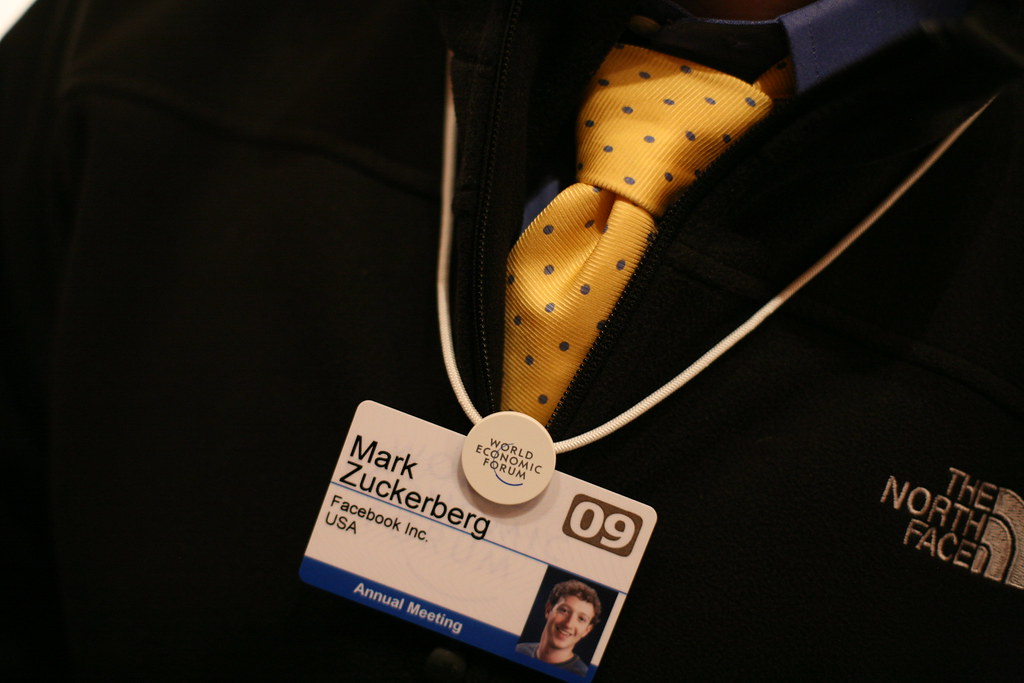
1. **The Iron Curtain of NDAs and Secrecy**
One of the most striking and problematic features of the Koolau Ranch project is the extraordinary level of secrecy enforced across its entire operation. Almost anyone involved in the construction, from carpenters and electricians to painters and security guards, is bound by strict nondisclosure agreements (NDAs). These aren’t just mere formalities; multiple workers reported seeing or hearing about colleagues being removed from the project for violating these agreements, often for simply posting about their work on social media. This rigid enforcement has created an environment where transparency is non-existent, and fear of reprisal is palpable among those on site.
The extent of this secrecy goes even further, with different construction crews assigned to separate projects within the site, explicitly forbidden from speaking with one another about their work. As one former contract employee, referred to as David, succinctly put it, “It’s fight club. We don’t talk about fight club.” This fragmented approach to construction, coupled with the threat of immediate termination for any information leakage, ensures that no single individual or team has a complete understanding of the compound’s overall design or purpose. It fosters an atmosphere of intense isolation, even among those working side-by-side.
This culture of absolute confidentiality directly reflects Mark Zuckerberg’s established history of prioritizing personal privacy and control over information. Decades ago, as Facebook was just starting, he famously requested student journalists to sign an NDA before an interview, a request they denied. Later, he admonished an employee who leaked product plans, calling it an “act of betrayal” and demanding immediate resignation, emphasizing, “Let’s commit to maintaining complete confidentiality about the company — no exceptions.” The strict NDAs at Koolau Ranch are a continuation of this deeply ingrained principle, albeit on a much grander and more physically imposing scale.
Such extreme measures for a private residential project are highly unusual. A local construction industry official, affiliated with the site, commented that this level of secrecy is typically only seen “when you’re doing secure military installations.” The fact that such protocols are applied to a personal residence underscores the owner’s profound commitment to privacy, or perhaps, a desire to obscure the true nature of his Hawaiian retreat from public view, fueling widespread speculation and local rumor mills.
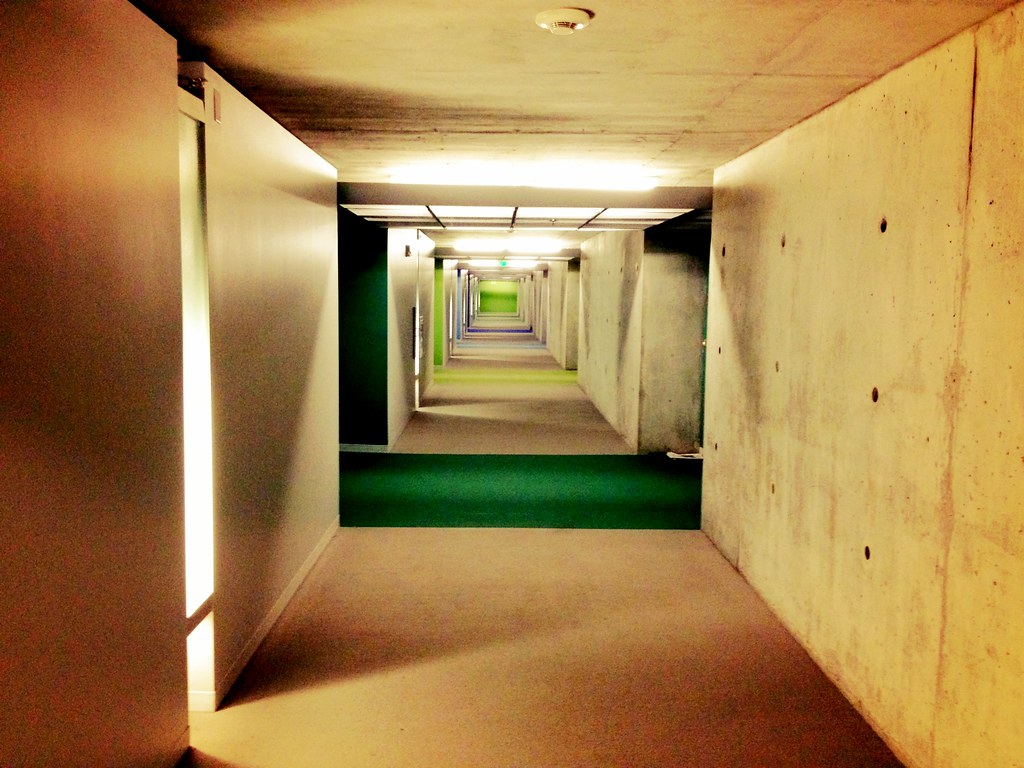
2. **The “Basement” That’s Really a Bunker**
Central to the debate surrounding Koolau Ranch is the characterization of its extensive underground structure. Mark Zuckerberg himself has consistently downplayed the nature of this space, describing it in interviews as “just like a little shelter” or “like a basement.” However, detailed investigations by outlets like Wired magazine, based on public records and anonymous worker accounts, reveal a far more sophisticated and robust facility that closely resembles what many might call a “doomsday bunker.” This deliberate misdirection has become a significant point of contention.
The underground space, spanning some 5,000 square feet—more than twice the size of an average private family home in the U.S.—is far from a typical basement. Planning documents and sources familiar with the development indicate it features “what appears to be a blast-resistant door” made of metal and concrete, a style common in bunkers and bomb shelters. Furthermore, it includes an “escape hatch that can be accessed via a ladder,” as well as its own independent “energy and food supplies.” These specifications clearly suggest a design intended for long-term survival and protection against significant external threats, not merely a conventional subterranean living area.
This discrepancy between Zuckerberg’s public statements and the compound’s actual design features has inevitably fueled intense speculation among both the public and those involved in its construction. Workers told Wired they speculated Zuckerberg was building “some sort of postapocalyptic bunker,” or even “a vast underground city.” Neighbors in Palo Alto, where Zuckerberg has also developed extensive underground spaces, similarly refer to his subterranean structures there as a “bunker” or a “billionaire’s bat cave,” highlighting a consistent pattern of secretive, fortified constructions.
The broader context of tech billionaires engaging in “apocalypse insurance,” as described by LinkedIn co-founder Reid Hoffman, further contextualizes this design choice. Hoffman claimed that about half of the super-wealthy possess such plans, often involving properties in remote locations like New Zealand. While Zuckerberg may deny building a doomsday bunker, the advanced, self-sufficient, and reinforced nature of his Kauai underground facility aligns perfectly with this trend, serving as a testament to the anxieties prevalent among some of the world’s most powerful individuals regarding potential catastrophic events, from climate change to the unpredictable advancements of AI.
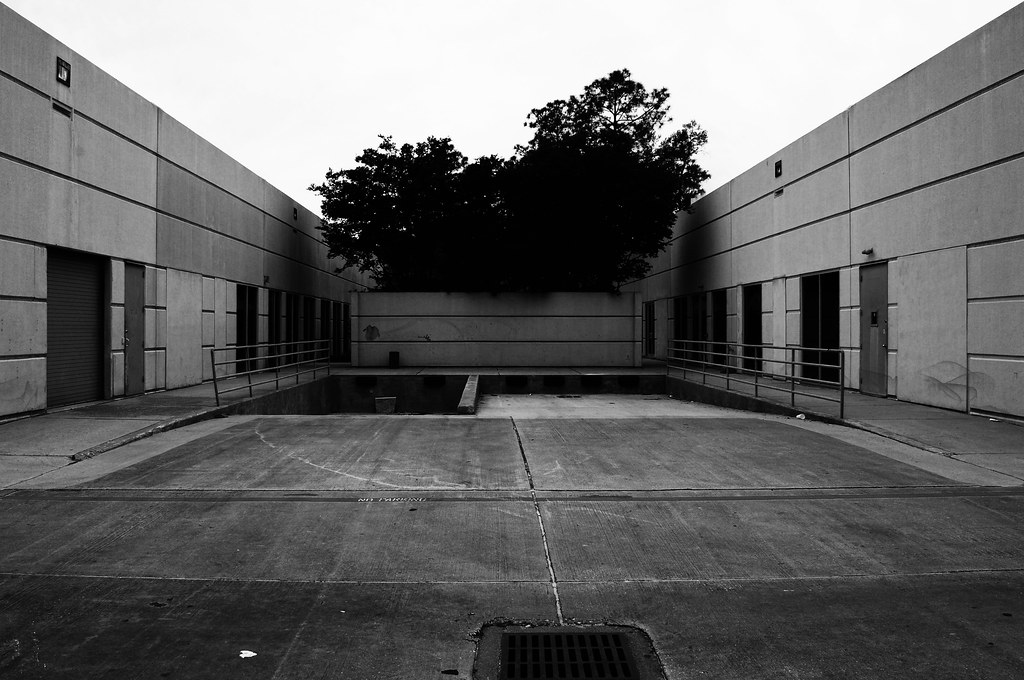
3. **An Unprecedented Scale for a “Home”**
Mark Zuckerberg’s Koolau Ranch is not merely a large estate; it is a colossal undertaking that redefines the concept of a private residence, bordering on an exclusive, self-contained mini-city. Spanning 1,400 acres, the compound’s sheer size and complexity suggest it far exceeds the needs of a typical vacation home for a single family. The scale of the project itself, with its many individual components and vast land area, poses a unique set of challenges and implications.
Detailed planning documents, reviewed by Wired, reveal the makings of an opulent techno-Xanadu. The partially completed compound consists of more than a dozen buildings, including at least 30 bedrooms and 30 bathrooms in total. At its core are two central mansions, boasting a combined floor area of 57,000 square feet—an immense space comparable to a professional football field. These mansions are equipped with multiple elevators, dedicated offices, extensive conference rooms, and an industrial-sized kitchen, suggesting capabilities for operations far beyond personal leisure.
Beyond the primary residences, the compound’s design incorporates a range of luxurious and operational structures. A web of 11 disk-shaped treehouses, connected by intricate rope bridges, is planned in a nearby wooded area, allowing visitors to traverse among the treetops. A separate building is dedicated to a full-size gym, complete with pools, a sauna, hot tub, cold plunge, and a tennis court. Additionally, numerous other guesthouses and operations buildings are scattered across the vast property, underscoring its capacity to host a large number of people or support extensive logistical functions.
The cost associated with this unprecedented scale is staggering. Building permits for the main construction alone are estimated at around $100 million, in addition to approximately $170 million spent on land purchases, bringing the reported total to in excess of $270 million. Local construction industry officials believe this figure is likely an underestimate, given the remote island’s high building costs. This makes Koolau Ranch one of the most expensive private construction projects in human history, an expenditure that raises questions about its true function, especially since Zuckerberg has already hosted corporate events at the compound, hinting at its potential dual-purpose as both a private residence and a corporate retreat.
Read more about: Billionaire Jack Ma Emerges in Tokyo as China’s Tech Crackdown Reshapes His Empire and Global Influence
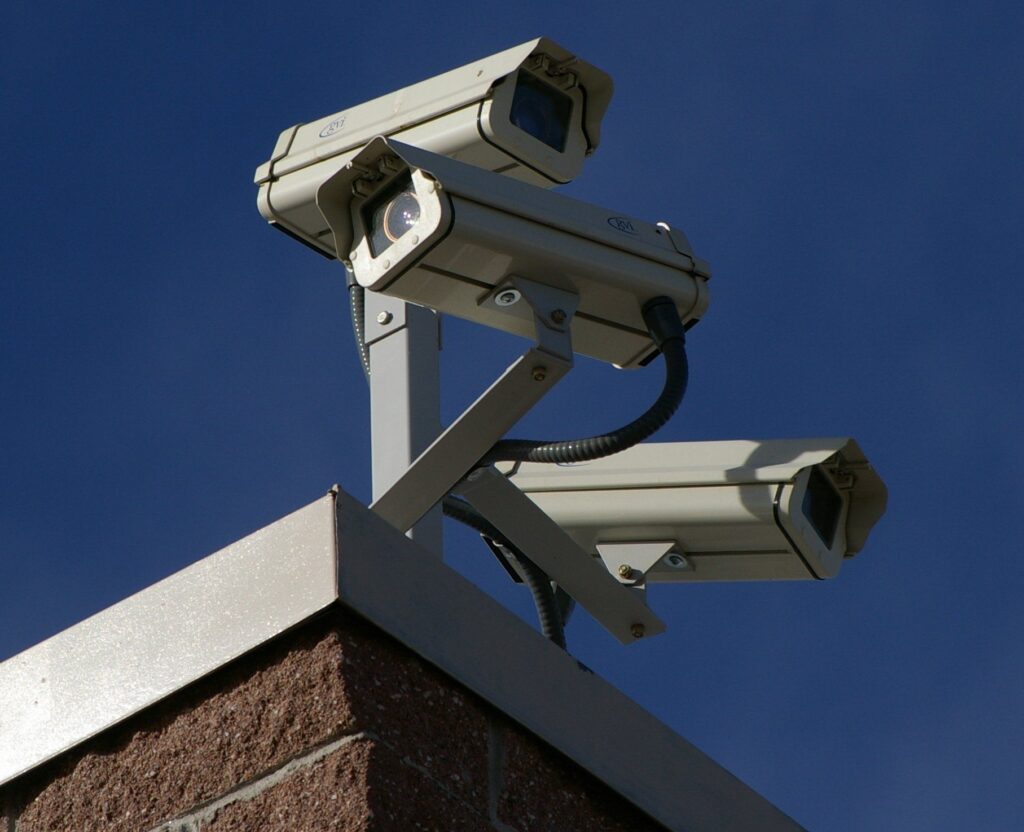
4. **The Panopticon: Extensive Surveillance and Security**
Beyond its physical barriers, the design of Koolau Ranch incorporates a sophisticated and pervasive surveillance and security infrastructure, transforming it into a veritable modern-day panopticon. This intricate network of monitoring and control is a critical design element, underscoring the compound’s emphasis on privacy and protection, albeit in a highly controlled environment. The extent of these measures goes far beyond what is typical for even high-value private properties.
The planning documents themselves reveal an astonishing level of internal scrutiny. For just one smaller ranch operations building, more than 20 cameras are included in the plans. This density suggests that virtually every corner and pathway within the compound is under constant observation, creating an environment where movements are meticulously tracked and recorded. The omnipresence of surveillance cameras reinforces the sense of an enclosed and highly secure facility, where little can occur without being noticed.
Access within the compound is equally controlled, with many of the doors designed to be keypad-operated or soundproofed. These features not only restrict physical entry but also prevent sound from traveling between certain areas, further enhancing the isolation of various sections of the complex. In an additional layer of discretion, some doors, such as those in the library, are described as “blind doors,” crafted to blend seamlessly with the surrounding walls, making them almost invisible and adding to the compound’s secretive nature.
External security measures are equally robust. A prominent 6-foot wall actively blocks the view from a nearby road, preventing any casual observation of the ongoing construction or the completed structures. Security guards are constantly on watch at the entrance gate and patrol the surrounding beaches on ATVs, creating a comprehensive perimeter defense. This multi-layered approach to security, both internal and external, positions Koolau Ranch as a fortress, designed to manage and control all aspects of presence and information flow within its boundaries, drawing comparisons by a local construction official to “secure military installations.”
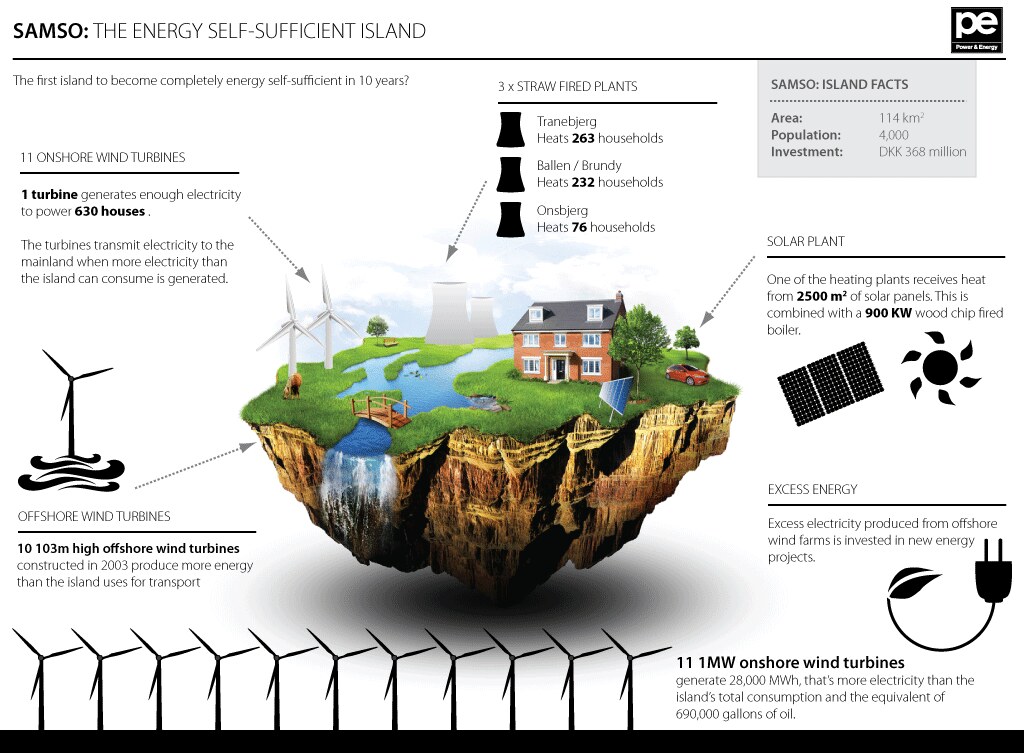
5. **Designed for Isolation: The Self-Sustaining Fortress**
A critical design principle woven into the fabric of Koolau Ranch is its aspiration for complete self-sufficiency, effectively turning it into a private, isolated fortress. This capability for independent operation signals a profound detachment from external infrastructure and resources, suggesting a vision where the compound can function autonomously for extended periods. This level of self-reliance is a hallmark of so-called ‘doomsday’ or ‘apocalypse insurance’ preparations, enabling residents to weather various disruptions without relying on external support.
At the heart of this self-sustaining design is a massive water management system. The compound is planned to include its own water tank, an impressive 55 feet in diameter and 18 feet tall, complete with a pump system. This substantial storage capacity ensures a consistent and independent water supply, a vital resource that would typically be drawn from municipal sources or shared natural reserves. Such a system mitigates vulnerability to public utility failures or environmental issues, securing a continuous supply for the inhabitants.
Furthermore, the 1,400 acres of land are not merely for aesthetic enjoyment; they are actively utilized for food production through ranching and agriculture. This integrated approach to sustenance means that the compound is designed to produce its own food, minimizing or eliminating the need for external supply chains. By cultivating its own crops and raising livestock, Koolau Ranch aims to be a closed-loop system for basic necessities, providing a high degree of food security regardless of outside conditions.
This deliberate design for complete autonomy profoundly impacts the compound’s relationship with the surrounding community and the island’s natural environment. It reflects a desire for absolute control over resources and conditions within its boundaries, rather than integrating with local systems. In a tight-knit community like Kauai, where resources are often shared and interdependencies are common, the design of a fully self-sufficient estate stands out as a stark symbol of isolation and a strategic move towards insular independence.

6. **The Human Cost: Workplace Incidents and Silenced Truths**
The construction of Koolau Ranch has not been without significant human cost, marked by serious workplace accidents and an environment where crucial information is deliberately suppressed. Despite the immense resources poured into the project, the relentless pursuit of secrecy appears to have overshadowed fundamental concerns for worker safety and accountability, resulting in tragic consequences and a troubling lack of transparency in their aftermath. These incidents highlight profound ethical failures in the project’s management and oversight.
One particularly severe incident occurred in February, when a crane traveling down a steep, narrow road on the property veered off an edge, careening down a hill with its operator inside. The driver, a 53-year-old Kauai local, sustained serious injuries and required hospitalization, though he has since returned to the site. This accident underscores the inherent dangers of such large-scale construction, especially on challenging terrain, and raises questions about safety protocols and hazard mitigation in an environment prioritized for secrecy rather than open communication.
More tragically, in August 2019, 70-year-old security guard Rodney Medeiros suffered a fatal heart attack after a 12-hour shift standing watch at a beach by the property. Medeiros, a contracted worker hired specifically when Zuckerberg was visiting, was reportedly prevented from being picked up by an ATV due to rainy conditions and began making his way up a steep trail when he collapsed. His family’s subsequent wrongful death lawsuit against one of Zuckerberg’s LLCs alleges an effort to control the flow of information, as they were initially denied details about what happened.
The secrecy surrounding Medeiros’ death was starkly evident in a recorded conversation with his children, where a compound security manager, Hank Barriga, stated he was “blocked from doing so,” when he wanted to talk with the family. Barriga explained he was “told to just wait, you know, all the supervisors want to talk to each other,” before speaking to the grieving family. A close friend and roommate of Medeiros, also a contracted worker, testified in a court deposition that he felt reluctant to discuss the incident due to his own NDA. This chilling suppression of information, even in the face of a fatality, paints a grim picture of a project where privacy and control supersede compassion and openness.

7. **Community Disruption and Environmental Impact**
The construction of Mark Zuckerberg’s Koolau Ranch has significantly altered the tranquil character of Kauai’s northeast side, profoundly impacting local life. For neighbors like Hope Kallai, an adjacent landowner, the change became starkly apparent in 2016 with the erection of a 6-foot wall around portions of the property. This barrier, intended for ranch privacy, denied Kallai and other community members their customary ocean views while walking or biking nearby.
Beyond visual disruptions, ongoing construction has introduced unprecedented noise and traffic to the quiet agricultural area. Locals report a constant flow of vehicles, and Kallai specifically noted “loud noises, which Kallai says sound like gunshots, frequently ring out from the construction site.” This industrial-scale activity sharply contrasts with the island’s traditional “small-town feel,” where residents recall a time with minimal traffic and a strong sense of community.
Jeff Lindner, another neighbor, articulated a widespread sentiment: the influx of workers, many presumed non-local, are “not there to enjoy the island. They’re there to get somewhere, and you’re in their way.” This perspective suggests the compound’s development prioritizes its own needs over the well-being and established way of life of existing residents, fundamentally altering the neighborhood’s environmental and social fabric.
While Zuckerberg’s spokesperson, Brandi Hoffine Barr, affirmed a commitment to preserving the ranch’s natural beauty and highlighted plans to develop less than one percent of the land for conservation, these assurances haven’t fully mitigated the immediate impacts. The project’s immense scale and dense presence of construction crews create a persistent intrusion that strains the delicate balance of the Kauai community.
Read more about: Beyond the Script: 10 Jaw-Dropping Real-Life Incidents That Shaped Harrison Ford’s Legendary Persona

8. **The Absence of Public Engagement**
A notable criticism of the Koolau Ranch development is the striking lack of public engagement and transparency throughout its planning and construction. Neighbors, including Hope Kallai and Jeff Lindner, stated that Zuckerberg did not engage with them concerning the project’s details or local impacts. This absence of dialogue has fostered a sense of disenfranchisement among residents.
Moreover, this massive construction proceeded without a public review process, typically mandated for such large-scale projects. While the county planning director clarified that the structures fall outside the specific conservation zone that would trigger such a review, this legal loophole allowed an undertaking of unprecedented size to bypass broader public scrutiny, fueling local discontent.
Hope Kallai explicitly voiced the community’s desire for more transparency, stating that a community meeting on the project “would be really welcome.” The lack of an open forum for discussion has further amplified local speculation and rumors, known as the “coconut wireless.” This contributes to a perception that decisions impacting the island are made without local input, deepening the divide between the developer and the affected populace.
The opaqueness surrounding the ranch’s development contrasts sharply with expected practices for projects reshaping significant portions of a community. While Zuckerberg’s spokesperson declined comment on specific criticisms regarding public engagement, the ongoing lack of direct communication only deepens the perceived disconnect between the compound and its local surroundings, leaving residents feeling marginalized.
Read more about: Saint Jerome: A Pillar of Early Christian Scholarship, Translator of the Vulgate, and Enduring Theologian
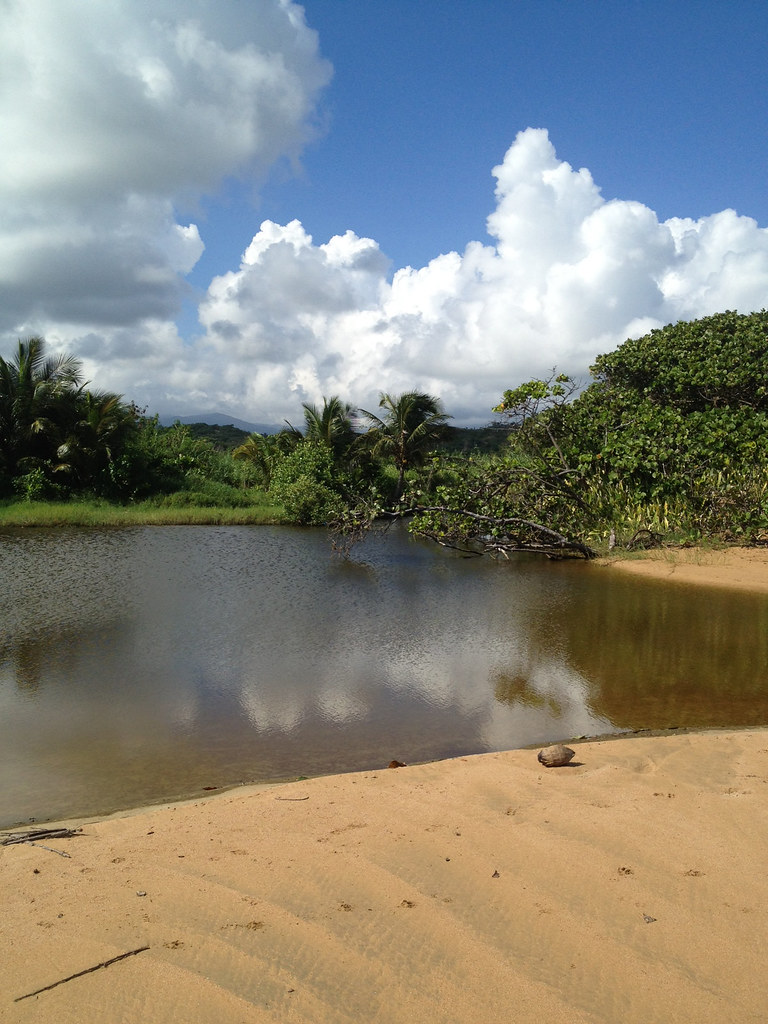
9. **Controversial Land Acquisition Tactics**
The process by which Mark Zuckerberg acquired land for Koolau Ranch has been a significant source of controversy, drawing accusations of exploiting Hawaiian land laws and alienating ancestral landowners. In December 2016, through one of his shell LLCs, Zuckerberg initiated litigation targeting local landowners who held kuleana rights to small plots within his expanding ranch. These rights allowed ancestral descendants to own and access land without formal deeds.
The lawsuits pressured hundreds of descendants into either selling their fractional shares or participating in competitive auctions for their ancestral lands. While legally permissible, this maneuver was widely seen as an aggressive tactic by a wealthy outsider to consolidate control over historically significant land. It triggered intense public backlash, prompting Zuckerberg to publicly announce in January 2017 his withdrawal from the lawsuits and a search for “a new approach.”
Despite Zuckerberg’s public statements, the legal process continued, partly under Carlos Andrade, a kuleana descendant whom Zuckerberg had publicly supported. Simultaneously, Zuckerberg’s company, Northshore Kalo LLC, discreetly acquired descendants’ shares, spending over $450,000 in 71 transactions between 2016 and 2018. This increased its stake from 24.1 percent to 43.9 percent, suggesting a continued, albeit indirect, effort to gain control.
The controversy culminated in June 2019 when the remaining four parcels were auctioned. Carlos Andrade won for $2.14 million, outbidding a coalition of other descendants. Speculation, voiced by descendant Wayne Rapozo, suggested Zuckerberg financially backed Andrade, leading to claims that “something very wrong is going on.” Many locals viewed this as outsiders exploiting residents, leading to a June 2020 petition to “stop Mark Zuckerberg from colonizing Kauai,” which garnered over a million signatures, cementing a perception of unfairness in the acquisition process.
Read more about: Mercadona Uncovered: The Unseen Depths of Spain’s Supermarket Phenomenon
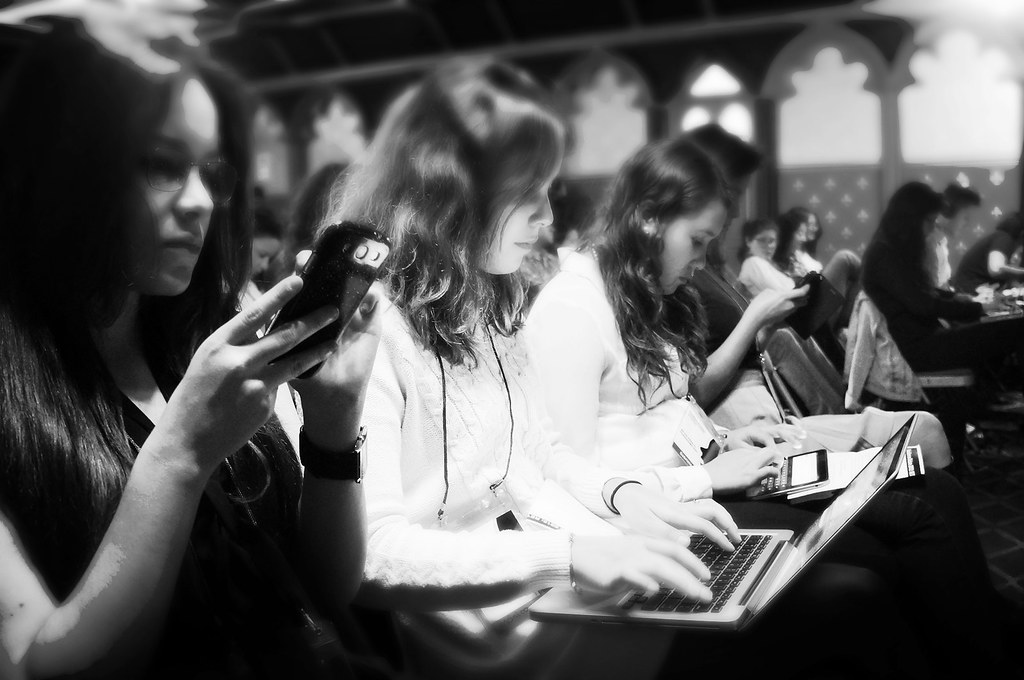
10. **Suppression of Critical Press**
The Koolau Ranch project has been characterized by active efforts to manage and suppress critical media coverage, extending its pervasive culture of secrecy beyond physical boundaries. Local journalist Allan Parachini experienced firsthand this concerted effort to control information flow, facing repercussions for his critical reporting. His attempts to obtain permits and an opinion piece in The Garden Island, critical of Zuckerberg, allegedly led to professional and personal bans.
Following his critical article in 2017, Parachini claims a local Zuckerberg representative informed him that their team would cease all future communication. This action effectively stonewalled his journalistic inquiries, limiting the public’s access to independent reporting on the development. Such a move by representatives of a powerful figure against local media raises serious concerns about press freedom and journalistic accountability.
The alleged reprisal extended to Parachini’s volunteer work. While volunteering with a marine mammal rescue program, he needed to cross Zuckerberg’s land to reach a distressed seal. After this humanitarian act, Parachini claims he was permanently banned from the property at the owner’s request. This incident highlights a willingness to leverage property control to silence perceived critics, showcasing how vast private resources can manage public perception.
Hoffine Barr declined to comment on Parachini’s specific allegations. However, these actions contribute to a broader narrative of a project where secrecy and control are paramount, echoing the strict NDAs imposed on workers. The suppression of critical press, whether direct or indirect, serves to obscure potential flaws and controversies from public view, shaping a carefully curated narrative around the development.
Read more about: Echoes of Dissent: The Controversial Songs That Defined America’s Airwaves
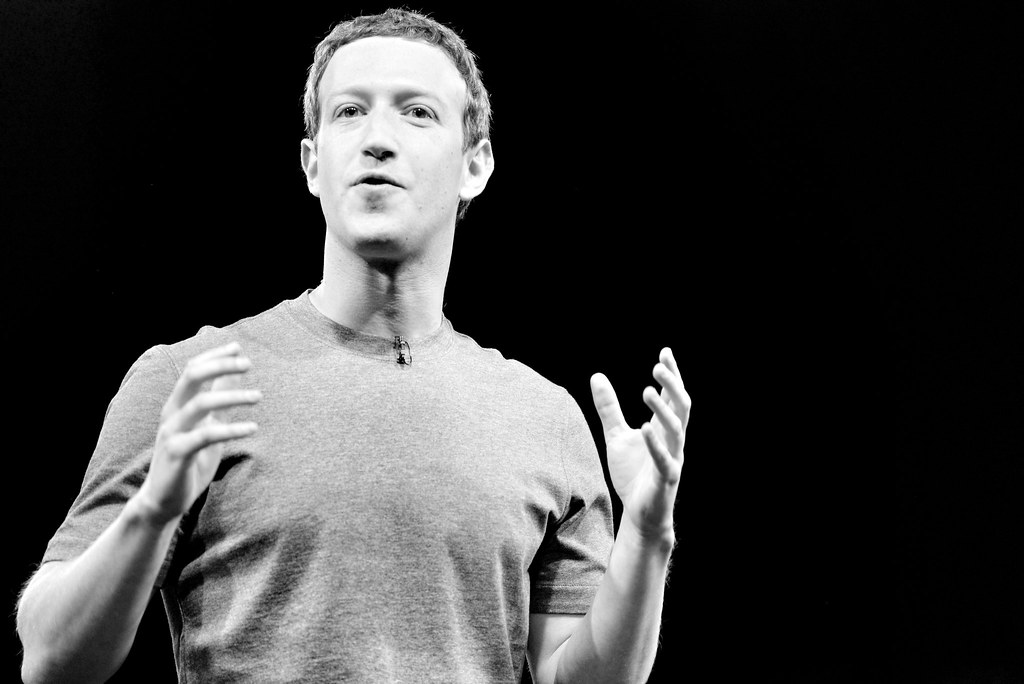
11. **The “Privacy for Me, Not for Thee” Paradox**
At the core of Mark Zuckerberg’s Koolau Ranch development lies a striking contradiction: an extreme commitment to personal privacy and secrecy, despite Meta, his company, building a multi-billion-dollar empire on collecting and monetizing user data. This “privacy for me, not for thee” paradox highlights a fundamental tension between his business’s public-facing ethos and his intensely guarded private life. The ranch, with its elaborate secrecy and surveillance, physically embodies this dichotomy.
Zuckerberg’s history consistently shows his prioritization of personal information control. In 2004, with Facebook just starting, he demanded student journalists sign an NDA before an interview, a request they denied. Later, in 2010, he vehemently condemned an employee who leaked product plans, calling it an “act of betrayal” and demanding immediate resignation, emphasizing “maintaining complete confidentiality about the company — no exceptions.”
This rigorous approach extends to Meta’s operations. Contracted content monitors must sign strict NDAs, ostensibly to protect user data, but also criticized for preventing workers from speaking out about poor working conditions. This led to multiple lawsuits and a $52 million settlement in 2018. The consistent use of NDAs as a tool for control, professionally and personally, clearly illustrates Zuckerberg’s unwavering stance on information privacy.
Privacy expert Professor Danielle Citron aptly captured this irony: “I would not be surprised if NDAs were the bubble wrap on every interaction for the privacy-conscious tech billionaires whose business is the sale of our personal data.” The hidden entrances to his Silicon Valley homes and the secretive Hawaiian underground “shelter” serve as physical manifestations of this belief. Public data is a commodity, while personal privacy is an absolute right, meticulously protected at any cost.
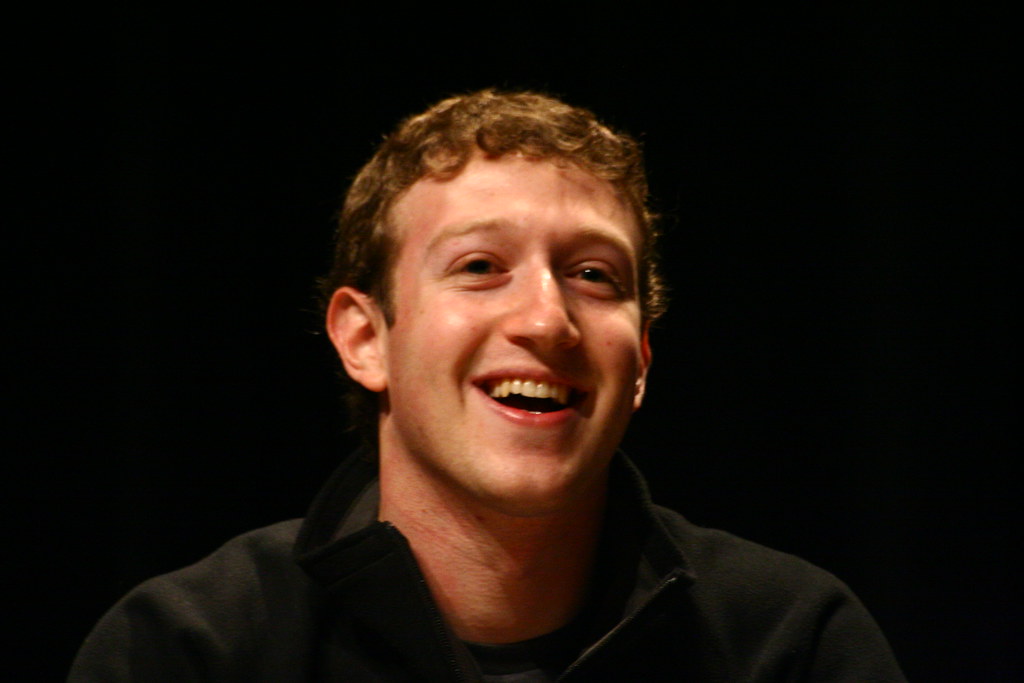
12. **Strategic Political Maneuvering and Philanthropy**
The development of Koolau Ranch has been accompanied by strategic philanthropic efforts and the cultivation of significant political connections within the local Kauai community. While presented as benevolent gestures, these actions raise questions about their potential to influence local perceptions and decision-making, effectively creating a favorable environment for the controversial compound.
Mark Zuckerberg and Priscilla Chan have actively forged relationships with Kauai Mayor Derek Kawakami, holding meetings and providing substantial funding for local initiatives. This includes support during a 2018 flooding crisis and significant donations: $4.2 million for a county jobs program and $3.5 million for COVID-19 assistance projects in March 2021. Such high-profile financial contributions undoubtedly foster goodwill and can create a sense of obligation.
Further solidifying these ties, the compound notably hired Arryl Kaneshiro, then chair of the Kauai County Council, as an agricultural consultant. Kaneshiro, a popular and reelected politician, reportedly earned over $100,000 from his consulting practice in 2021 during his final council term. While legal and disclosed, this hiring of a prominent local politician by the compound raises questions about potential conflicts of interest or undue influence, even if no specific property-related matters arose before the council.
Additionally, a $4 million gift in November 2021 to fund a traditional Hawaiian fishpond, managed by a nonprofit with ties to another county council vice chair, further illustrates this pattern. Council member Billy DeCosta openly questioned these actions, suggesting a “strategic plan to get all the big dogs on his side.” While Hoffine Barr defended these overlaps as common on a small island, the consistent pattern of strategic philanthropy and hiring of politically connected individuals contributes to a perception that the compound actively works to soften local opposition and secure its position through influence.
**Conclusion**
The narrative surrounding Mark Zuckerberg’s Koolau Ranch transcends the typical discussion of a luxury private estate, revealing a complex tapestry of engineering ambition, social impact, and ethical quandaries. What began as a highly secretive construction project has evolved into a symbol of the broader challenges posed by immense wealth and unchecked power in an increasingly interconnected yet polarized world. The flaws embedded in its design and implementation, from the physical manifestation of its secluded bunker to the intangible impact on local community dynamics, underscore a deeper societal introspection about privacy, accountability, and the responsibilities of those who shape our digital and physical landscapes.
Read more about: The Enduring Echoes: Analyzing the Broad Impact and Contested Legacy Following Charlie Kirk’s Assassination
This extensive review of the compound’s shortcomings paints a vivid picture of a structure that, despite its cutting-edge design and staggering cost, is weighed down by the controversies it has generated. It prompts us to consider the implications when personal privacy is prioritized to such an extreme that it isolates the individual from the community, suppresses dissent, and reshapes local environments without broader public discourse. The Koolau Ranch, therefore, stands not merely as a private retreat but as a potent case study in the ethical challenges that arise when technological prowess and financial might converge in pursuit of ultimate control and self-sufficiency. Its story continues to unfold, inviting ongoing scrutiny and dialogue about the kind of future we are collectively building.


